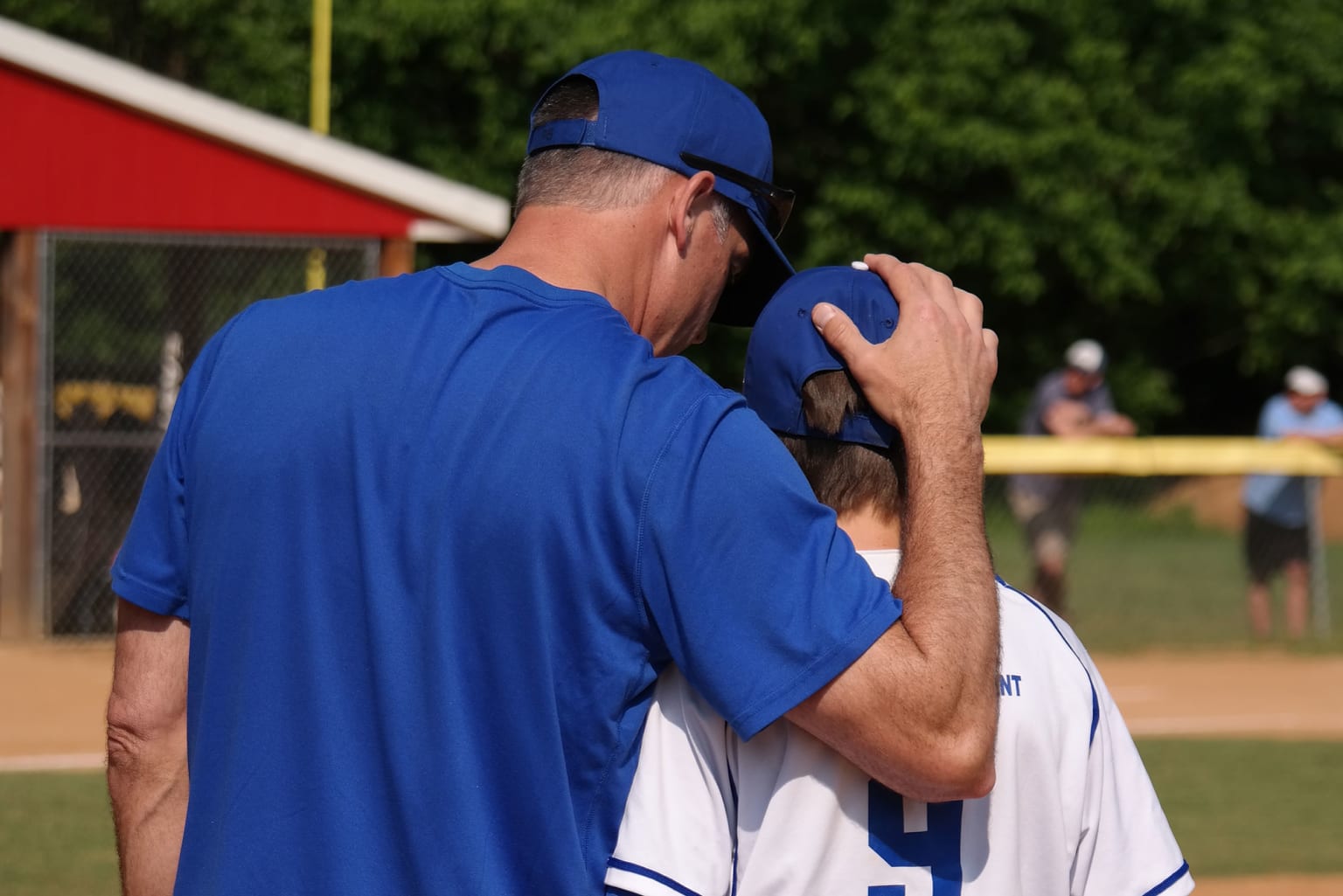On or Off the Little League® Field, Winning Can’t Be Everything

Every summer, of the thousands of Little League® teams that participate in the International Tournament, only a few become World Series champions.
Some of those teams boast a handful of future college and pro talent. But the reality is, no matter the level in youth baseball or softball, most children are not going to be the next Mike Trout or Cat Osterman. In fact, they might not even play the next year. And that raises the question: Should it be about winning or having fun?
If kids go down swinging, play their hearts out, and get better, that’s all you can ask for.
Of course, there tends to be a big discrepancy in talent and skill level between teams in any sport. But even the teams with the most talented and skilled players do not want to risk ruining the game for young talents by pushing them too hard.
“Don’t get me wrong, I want my kids to do well and I want to make them the best players possible,” said Michael Hughes, Swansea (Mass.) Little League Coach. “But, if we don’t, I really don’t care. I like to do well for the kids’ sake. But everyone who signs up should have an opportunity to play.”
Ideally, he said he wants his players playing at least half the game, and is able to keep his top players in the longest by having them switch positions.
“If kids go down swinging, play their hearts out, and get better, that’s all you can ask for,” said Coach Hughes.
In order to find out what he has in terms of talent on his team early in the season, Mr. Hughes holds skill-specific practices in the weeks leading up to the season. These sessions aren’t meant to push the kids and pressure them into winning, they are just an evaluation tool.
The practices are most beneficial for Mr. Hughes, and his coaches, since they are able to see what there is to work with. Dedicating separate practices to throwing, running, batting, and fielding, provides the coaches with more information to factor into personnel decisions and development areas, while still keeping the team relatively competitive.
“I like seeing everyone play everywhere,” said Mr. Hughes. “This isn’t the big leagues, but versatility is huge. You want to put everyone in the best position to succeed, and if some of your guys can play a few positions and look alright at them, then you’re in a good position. Playing one position all year would probably be pretty boring, too.”
This practice style can be extremely beneficial when identifying players for two of the most important positions: pitcher and catcher. At the youth level, Mr. Hughes doesn’t look for kids who try to throw all sorts of different pitches. Instead, he looks for kids who can throw strikes. And behind the plate, his goal is to find kids who are strong receivers and try their best to block passed balls.
“Everyone seems to want a chance on the mound,” said Mr. Hughes. “If a kid wants to pitch or play any position, I’ll definitely give them the opportunity. There’s a time and place for everything.”
And giving players an opportunity to shine, have fun, and fall in love with the game will help develop winners on and off the field.